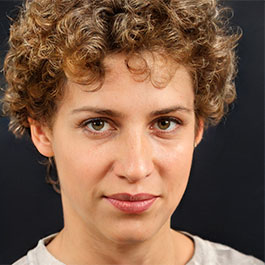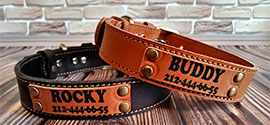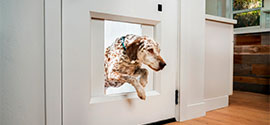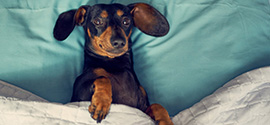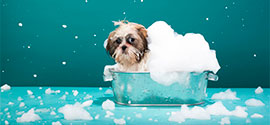Dog Brush
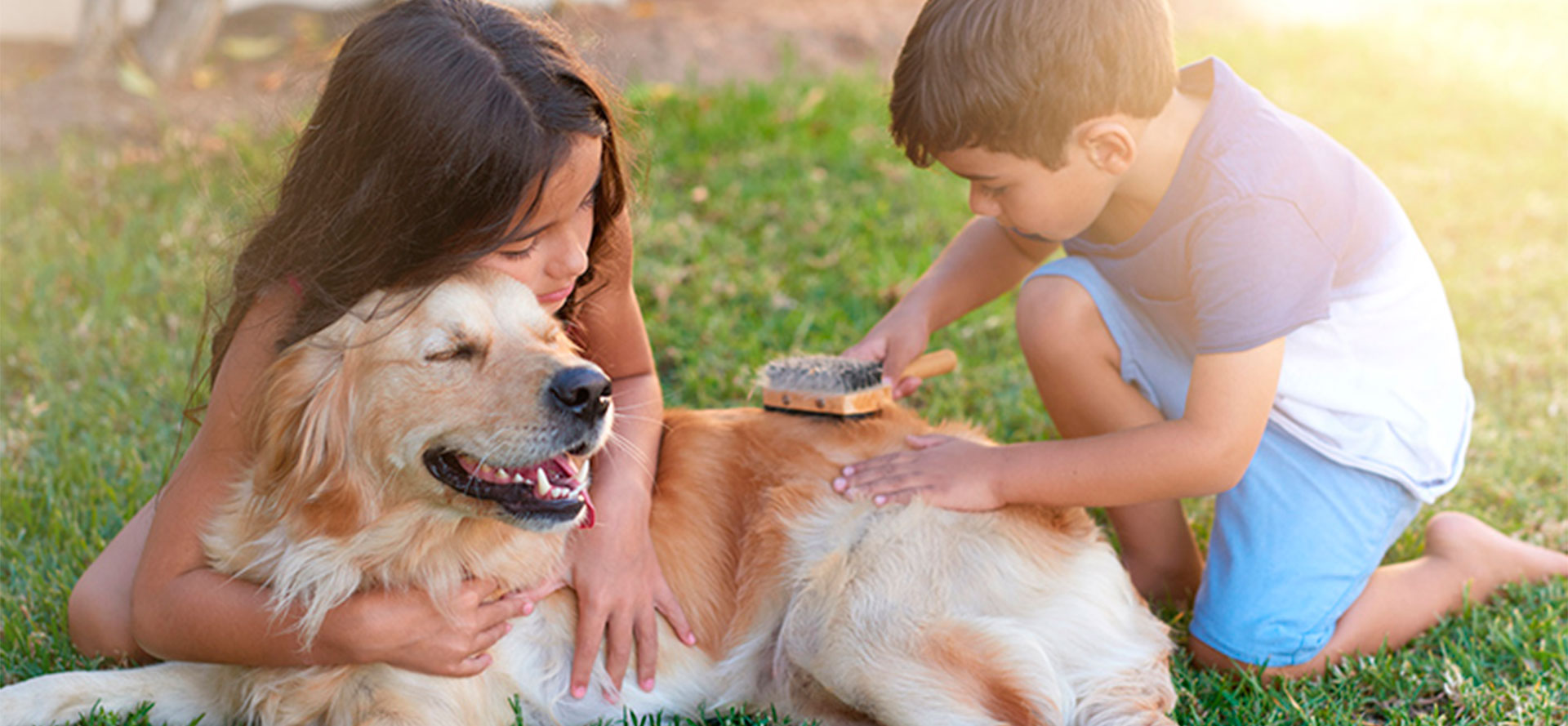
Dogs like humans need grooming services. Requirements of a dog can vary widely depending on the type and length of hair, as well as the dog’s lifestyle. However, contrary to popular belief, every dog should be brushed a couple of times each week. There is no such thing as a breed that does not need to be brushed because brushing does more than detangle long hair.
Even "hairless" dog breeds often have tufts of hair that need to be brushed! Owners of dogs with complicated grooming needs may want to take them to professional groomers as needed, but regardless of professional grooming, simple tasks like brushing can and should be taken care of at home regularly.
Why is brushing my dog so important?
Dogs need to be brushed every one to three days, depending on their coat, so it’s important to be able to brush your dog at home; it would certainly be inconvenient to bring them to a groomer every other day! Brushing removes dead hair and skin, and it helps to distribute the dog’s natural oils throughout its coat to keep it healthy. Some dogs also enjoy the sensation of being brushed, as it is similar to being petted and stimulates the skin, so brushing your pet can even be a bonding activity that strengthens the trust between you.
What exactly is a dog brush?
In general, using a human hairbrush on a dog wouldn’t be a good idea, because dog brushes are different tools. There are a variety of dog brush designs, all of which serve different purposes that are specific to the needs of different dogs' hair. Grooming tools for dogs are designed to be both effective in cleaning the dog and easy for a human groomer or owner to use. Dog brushes, therefore, have handles that fit comfortably in a person’s hand and are intuitive to use. They also have shapes and bristle types, textures, and lengths that are suited to the specific dog grooming task they are meant to perform.
Dog brushes are an essential part of home grooming equipment, and they are critical in keeping your pet's hair and skin healthy as well as in your relationship with and attention to them. By grooming and brushing your dog regularly, you are keeping them clean, establishing additional trust, and becoming familiar with what is physically normal for them so that you will notice if anything changes and requires veterinary attention.
Brushing, although enjoyable for some dogs, can be frightening. This goes double for dogs who are new to being groomed or rescues who are not used to certain aspects of being cared for by a human. Introducing your dog to a brush for the first time should be a slow process that includes the use of treats as needed to make them understand that brushing is a positive thing.
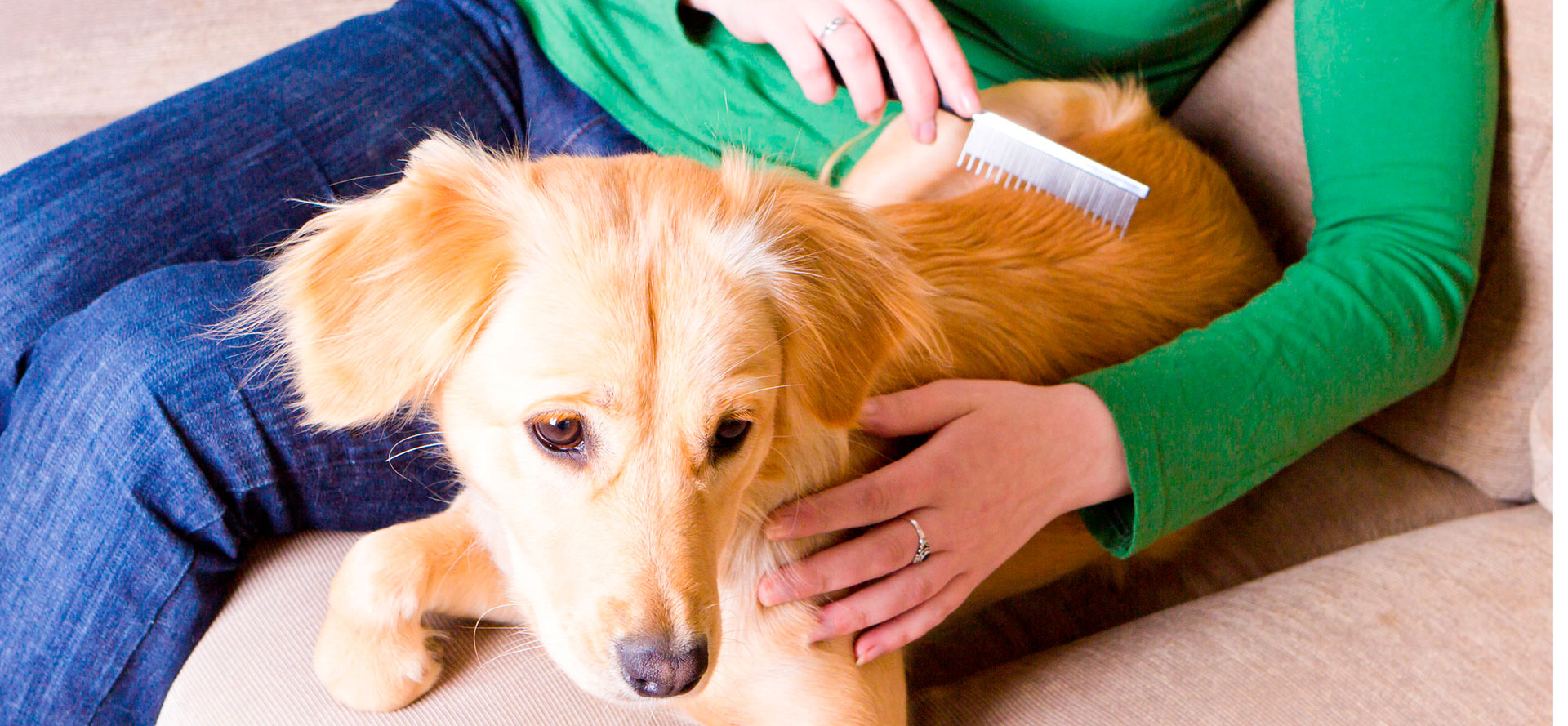
Different Types
There are many types of dog brushes available, and while some of the details are only relevant to professional groomers, all dog owners should know about the basic types of dog brushes in order to choose the best one(s) for their pet.
- Slicker brush - These are flat, normally rectangular brushes with densely packed wire bristles. They are intended to remove mats from long- or curly-haired dogs, like Golden Retrievers and Cocker Spaniels.
- Rake brush - Rake brushes or "rakes" are dog brushes shaped like razors, with a row of very tightly packed bristles for removing tangles from dogs with thick hair and undercoat layers, like Chows.
- Bristle brush - Brushes made with natural bristles packed in clusters are normally used as general-purpose brushes for short-haired dogs that shed. They help to remove hair that is already loose in breeds like Italian Greyhounds and many types of Terriers.
- Grooming comb - Like human combs, dog grooming combs have teeth that are spaced farther apart than bristles on a brush, and they are great for detangling curly-haired dogs like poodles.
- Flea comb - This is not a regular grooming tool, but most dog owners will have use for one at least once in their pet’s life. It is a natural, chemical-free way to remove fleas, which pulls fleas, eggs, and larvae out of the dog’s hair using thin, tightly packed metal teeth.
How to Choose
It’s likely that you will need more than one type of dog brush in your "career" as a dog owner, but which ones you will use depends on your dog. Dogs with very short hair, which does not tangle and sheds frequently, may only need a general-purpose brush like a bristle brush. Dogs with straight long hair may need something closer to a rake brush, which can detangle their hair and remove dead hair from their undercoat if they have one. Thick, curly coats may need multiple brushes, including a slicker brush and a grooming comb, to remove mats, detangle hair, and loosen dead hair which does not shed off of the dog on its own. Curly-haired dogs are especially prone to getting matted, so these dog brushes are especially important to use every day.
Any dog, no matter the breed, may need flea treatment at some point in their life. A flea comb can be a useful tool in getting your pet flea-free, and in more mild cases of flea infestation, it may be the only treatment necessary. If you are still feeling uncertain about what kind of brush you should choose, you can always ask your groomer for advice. They are experts and may even be able to recommend the precise brushes they like to use for dogs like yours.
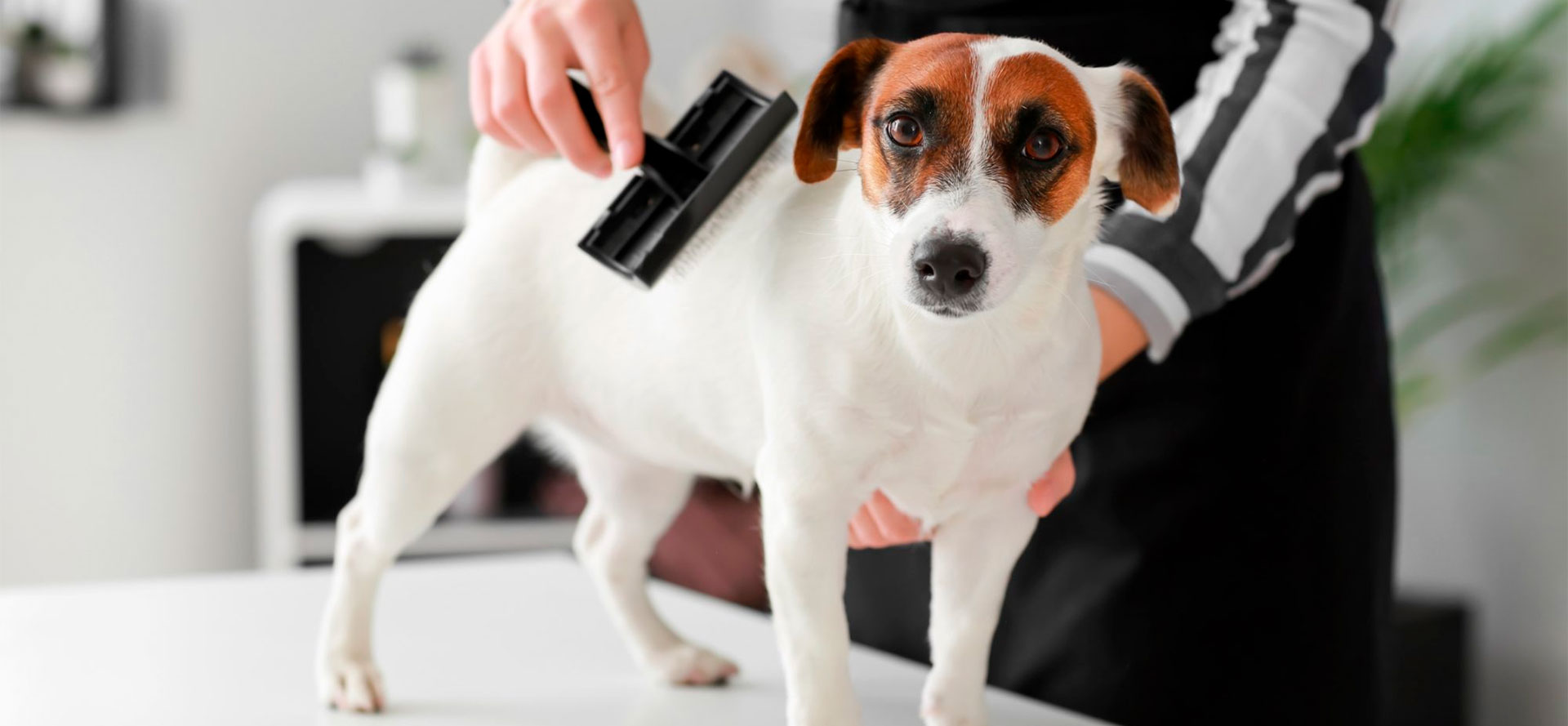
Things to Consider When Buying a Dog Brush
Dog brushes, just like any other pet supplies, should be bought according to your needs and your pet’s needs. Consider the following factors before you invest in a dog brush:
- Coat length and texture - As we mentioned briefly above, the type of coat your dog has will determine what kind of brush would be appropriate for their hair. Different coats shed and tangle differently, and therefore have different needs.
- Your comfort - You will be the one using this brush to groom your dog, likely every day or every other day. It’s just as important for you to be comfortable using it as it is for your pet to be comfortable having it used on them. Make sure the handle is comfortable to hold and flexible if that is useful for the kind of grooming, you’ll be doing. You should also make an effort to get a brush you understand well enough to feel confident with; the wrong brush or the wrong technique can cause a lot of physical discomfort for your pup.
- Habits - Your dog’s grooming needs may vary depending on their lifestyle, which may affect their risk of getting fleas and plant material in their hair, and your grooming schedule for them. A dog who visits the groomer every month may need less intense grooming at home than a dog of the same breed who never sees a professional groomer.
- Quality - A good dog brush will last you many years, so don’t be tempted to get the cheapest option in the category you’re interested in. Cheap brushes may break in difficult mats or be uncomfortable on your dog’s skin.
Conclusion
Brushing and otherwise grooming your dog is an important part of caring for them. It keeps their hair and skin healthy, and it can strengthen your bond with them. Figure out what kind of brush is best for your dog’s coat, then use our list of the ten best brushes to find a high-quality option that will be a worthwhile investment in caring for your pet.
Tags: pet supplies, dewormer for puppies, dog hammock for truck, can dogs eat nectarines, best dog bed for large dogs, cool dog houses, is it safe for cats to eat butter, best dog supplies, flea pills for dogs from vet, flea meds for cats
